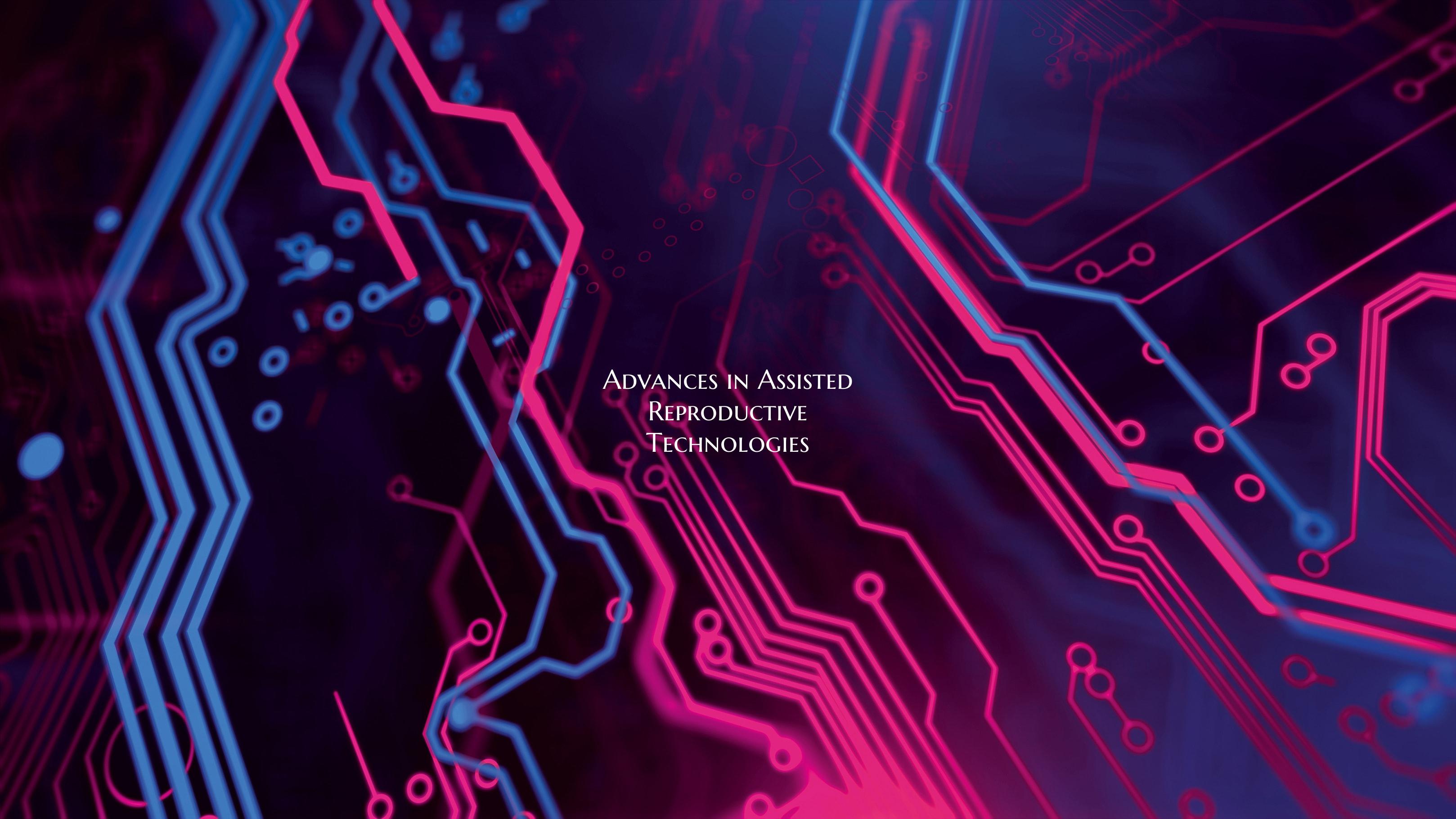Advances in Assisted Reproductive Technologies
Assisted Reproductive Technologies (ART) have significantly transformed the landscape of fertility treatments in recent years. These advancements have opened up a world of possibilities for individuals and couples struggling with infertility, offering them new hope in their quest to conceive a child. Let's delve into some of the key advances in ART that are revolutionizing the field:
1. In vitro fertilization (IVF) innovations: IVF has long been a cornerstone of ART, allowing individuals to conceive through the fertilization of eggs and sperm outside the body. Recent advances in IVF techniques have enhanced success rates and outcomes for patients. Innovations such as time-lapse imaging, preimplantation genetic testing, and blastocyst culture have significantly improved the efficiency and effectiveness of IVF procedures.
2. Egg freezing: Egg freezing, also known as oocyte cryopreservation, has emerged as a game-changer in the field of fertility preservation. This technology allows individuals to freeze and store their eggs for future use, preserving their fertility potential. Improvements in egg freezing techniques have increased the success rates of thawed eggs, providing more options for women who wish to delay childbearing for various reasons.
3. Preimplantation genetic testing (PGT): PGT enables the screening of embryos for genetic abnormalities before they are implanted during an IVF cycle. This technology has revolutionized the field of reproductive genetics, helping to identify chromosomal abnormalities and genetic disorders early in the embryo development process. PGT has significantly improved pregnancy success rates and reduced the risk of passing on genetic diseases to offspring.
4. Third-party reproduction: Advances in third-party reproduction, including donor egg/sperm and gestational surrogacy, have expanded options for individuals and couples facing infertility challenges. These technologies have provided a path to parenthood for individuals who may otherwise not be able to conceive using their own gametes or carry a pregnancy to term. With the help of third-party reproduction, intended parents can build their families through the assistance of donors and surrogates.
5. Artificial intelligence in fertility treatment: The integration of artificial intelligence (AI) and machine learning algorithms in fertility treatments is a novel development that holds promise for further enhancing the efficiency and success rates of ART procedures. AI-powered tools can analyze vast amounts of data to predict optimal embryo selection, personalize treatment protocols, and improve embryo implantation outcomes. This innovative use of technology is revolutionizing the way fertility clinics approach patient care and treatment decisions.
In conclusion, advances in Assisted Reproductive Technologies are continuously pushing the boundaries of what is possible in the field of fertility treatment. These innovations offer new hope to individuals and couples striving to start a family and are reshaping the future of reproductive medicine. As technology continues to evolve, it is certain that the landscape of ART will continue to transform, providing more individuals with the opportunity to achieve their dream of parenthood.

